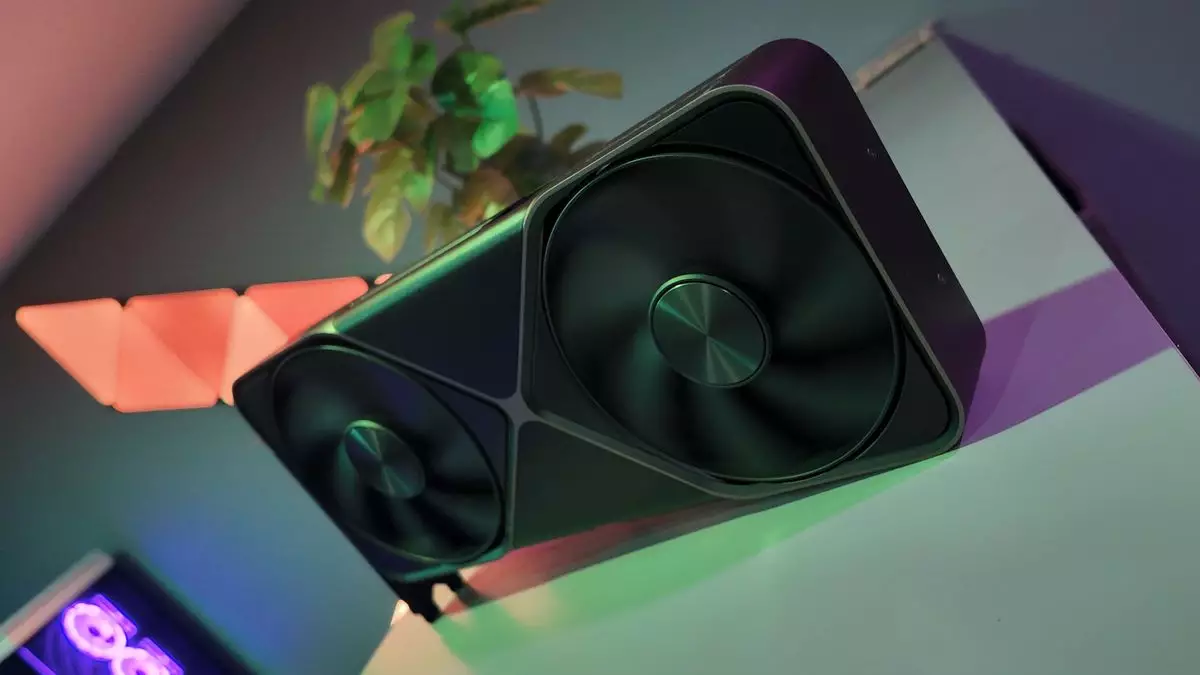As the dust settles on the release of Nvidia’s RTX 50-series graphics cards, notably the RTX 5080 and RTX 5090, a concerning trend has emerged within the gaming community. Users are reporting various significant issues, primarily linking to crashes and black screens. The volume of complaints is growing, raising questions about the reliability of these newly minted GPUs, which have not only captured attention for their performance but also for these troubling malfunctions.
Understanding the Problem
The core of the issue seems to stem from black screen incidents. Users report that these occurrences happen under diverse circumstances: some experience issues while switching resolutions or refresh rates, while others report failures during heavy gaming sessions. Interestingly, some configurations appear to amplify these problems, particularly in multi-monitor setups. A stark realization is that while some struggle to return to normalcy post-crash, others find that a simple reboot restores functionality temporarily, illustrating the seemingly erratic nature of these issues.
Such unpredictability complicates efforts to pinpoint the root cause of these black screens. Nvidia has acknowledged the situation, stating they are “investigating the reported issues with the RTX 50-series.” Although the details remain murky, the situation underlines the importance of understanding the mechanics behind these glitches, as they can vastly affect performance and overall user satisfaction.
Interestingly, while a significant number of users are reporting these black screen issues, not all RTX 50-series owners have shared the same fate. Accounts ranging from moderate user experiences to outright malfunctions illustrate a stark divide in perceptions. For example, a limited number of reviewers, including those who have overclocked their RTX 5080 GPUs aggressively, report stability in their systems, stating they have encountered no persistent problems other than occasional crashes during certain tasks.
This inconsistency adds to the confusion and can lead to a lack of trust among potential consumers considering an upgrade to the RTX 50-series. Furthermore, numerous influencers and tech reviewers have taken to platforms such as YouTube and Reddit to voice their concerns, sharing both their experiences and suggested fixes. Channels like JayzTwoCents and Boosted Media dissect these black screen problems, engaging with their followers to provide insights and solutions.
As discussions continue, a recurring theme suggests that the issues could be linked to Nvidia’s newest driver, version 572.16. Users are growing increasingly worried, with some alleging potential permanent failure as a result of this driver. Although these instances may be relatively rare and could represent typical failure rates seen across new hardware launches, they remain concerning.
Moreover, it’s essential to note that RTX 40-series card owners are also experiencing complications after installing the same driver. This overlap suggests that Nvidia’s recent software may not exclusively affect the newly released RTX 50 cards but could show broader implications.
Seeking Solutions
As the community grapples with these persistent issues, speculation surrounds Nvidia’s next steps. Many enthusiasts predict an official communication outlining their findings and options for resolution, or even a driver hotfix designed to remedy the reported issues. However, until such measures come to fruition, users seeking immediate relief are advised to carry out a full driver clean using tools like Display Driver Uninstaller (DDU) followed by a fresh driver installation. This approach implies that the root of the issue may lie in conflicts stemming from previous driver data.
In addition, adjusting system settings is an essential part of the troubleshooting process. Some users have reported success by changing their PCIe graphics port settings to Gen 4 mode, especially after encountering issues related to PCIe signaling with the RTX 50 GPUs.
Nvidia’s RTX 50-series launch, while celebrated for its promise of advanced gaming experiences, is beleaguered by substantial issues that must be addressed urgently. As the situation develops, the critical outlook maintains that users and Nvidia alike must remain vigilant and proactive in seeking solutions. With a tech-savvy community rallying for clarity and resolution, the future of Nvidia’s latest offerings hangs in the balance, dependent on both immediate fixes and ongoing support. Users are encouraged to stay informed, follow updates, and participate in community dialogues as the fallout from these issues unfolds.

